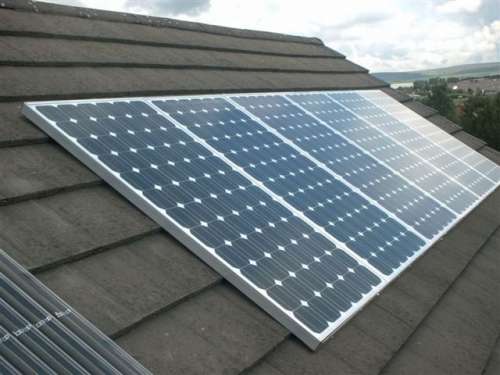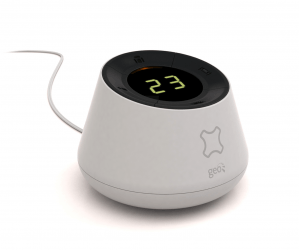
As you’ve seen here on Tech Today, there’s a lot of gadgets to look forward to. But they all run on some sort of power. So, how are we going to power the homes of tomorrow?
Coal, oil and gas are having a bit of an image problem, and they’re not even going to be around forever for us to use. So what are we going to do? Wait for some more to be found, or make a change to a new level of technologies?
I vote for the second option, and the big name for other energy sources at the moment are renewables.
Renewables are sources of energy that don’t run out, and there are so many different types. There’s solar, geothermal, wind, wave and tidal, and even biomass.
Some of these options are way too big to ever work on just a single home, but some of these renewable sources can be used on a much smaller scale. This means that you could heat up your home and charge all your new electronics without having to rely on the big energy firms.
Let’s take a look at the best choice for renewable home energy.
Solar Power
The UK isn’t exactly the most sunny country in the world, but don’t count out solar panels as an option to power your home of tomorrow. They actually work even when it’s cloudy outside!
Most people think that there’s only one type of panel, but there’s actually two: solar thermal and photovaltaic. The main difference between the two types is how they use sunlight to work. Solar thermal panels use the suns energy to create heat, which then powers a generator to make electricity, whereas photovaltaic directly converts the suns rays into electricity.
There’s already over 500,000 homes in the UK that have solar panels on their roofs, and if they create any energy that you don’t use, it gets fed back into the national grid. The government introduced the Feed-In Tariff schemes (FITS) a few years ago, which means that you get paid for the energy that you put into the national grid.
According to Which?, the Feed-In Tariff scheme will give a household nearly £600 pounds a year on average for the extra power that they generate.
Solar panels certainly look like their going to be a big part of our future, they certainly are an investment, but for more and more people, it’s the way to go for powering their homes of tomorrow.




